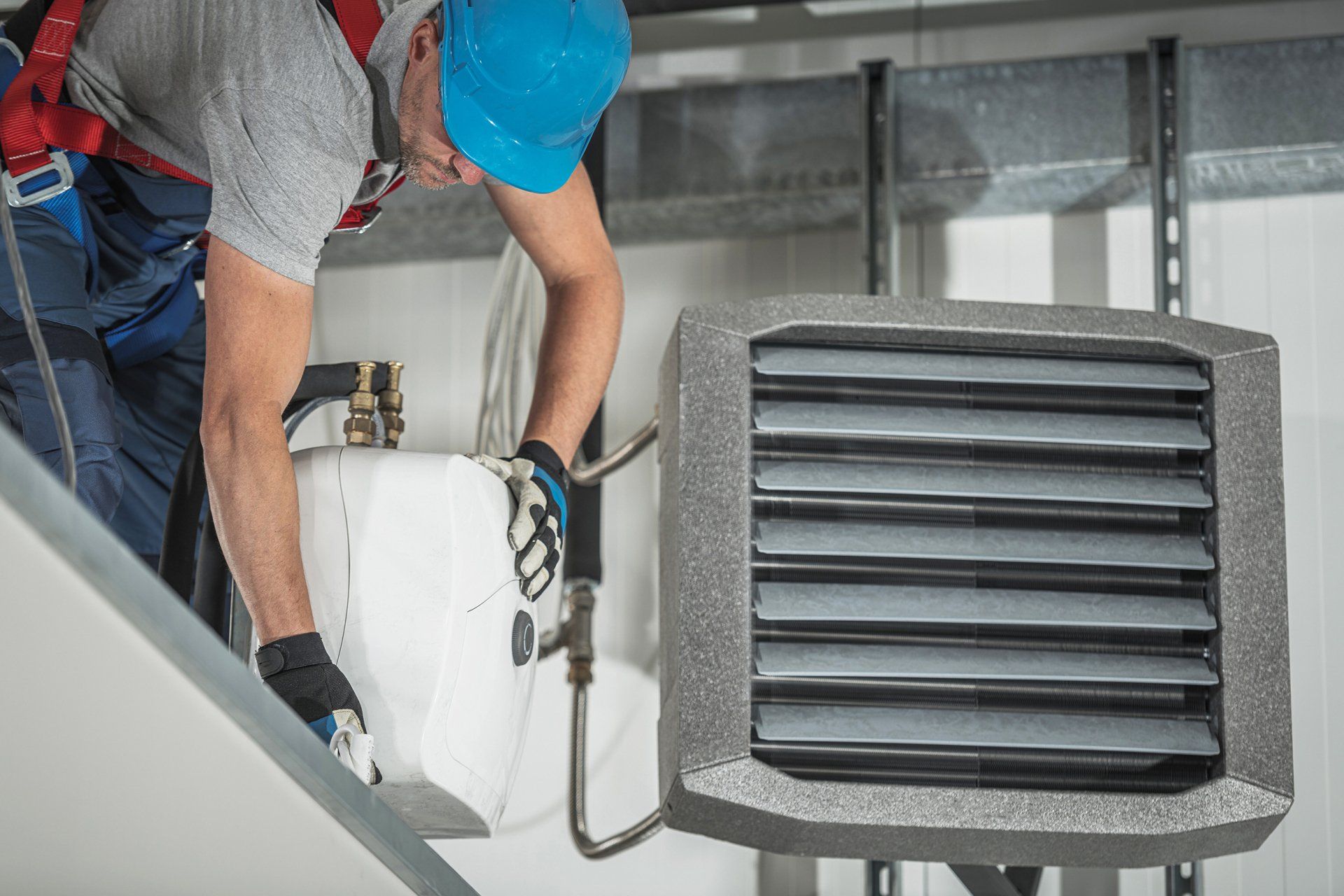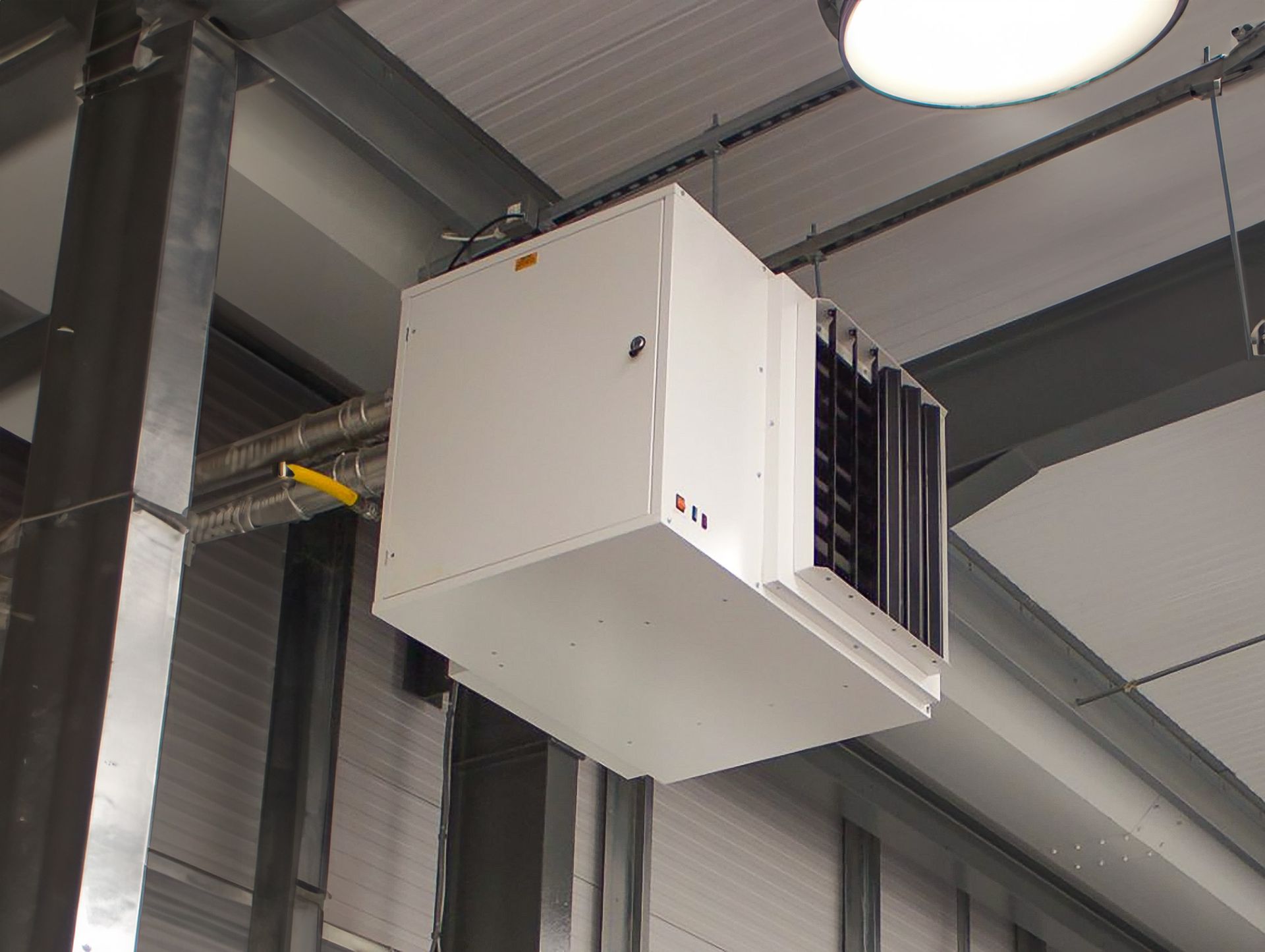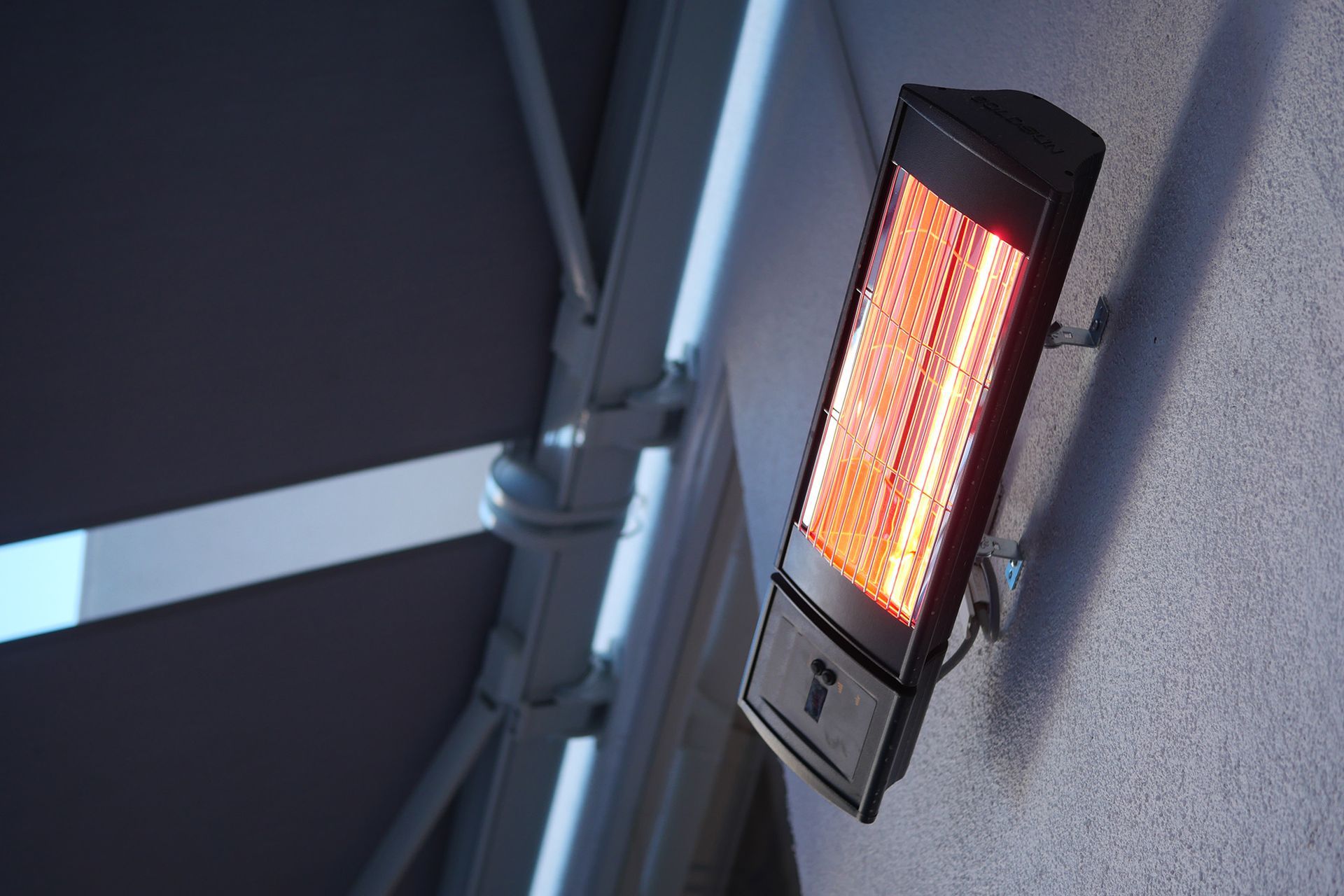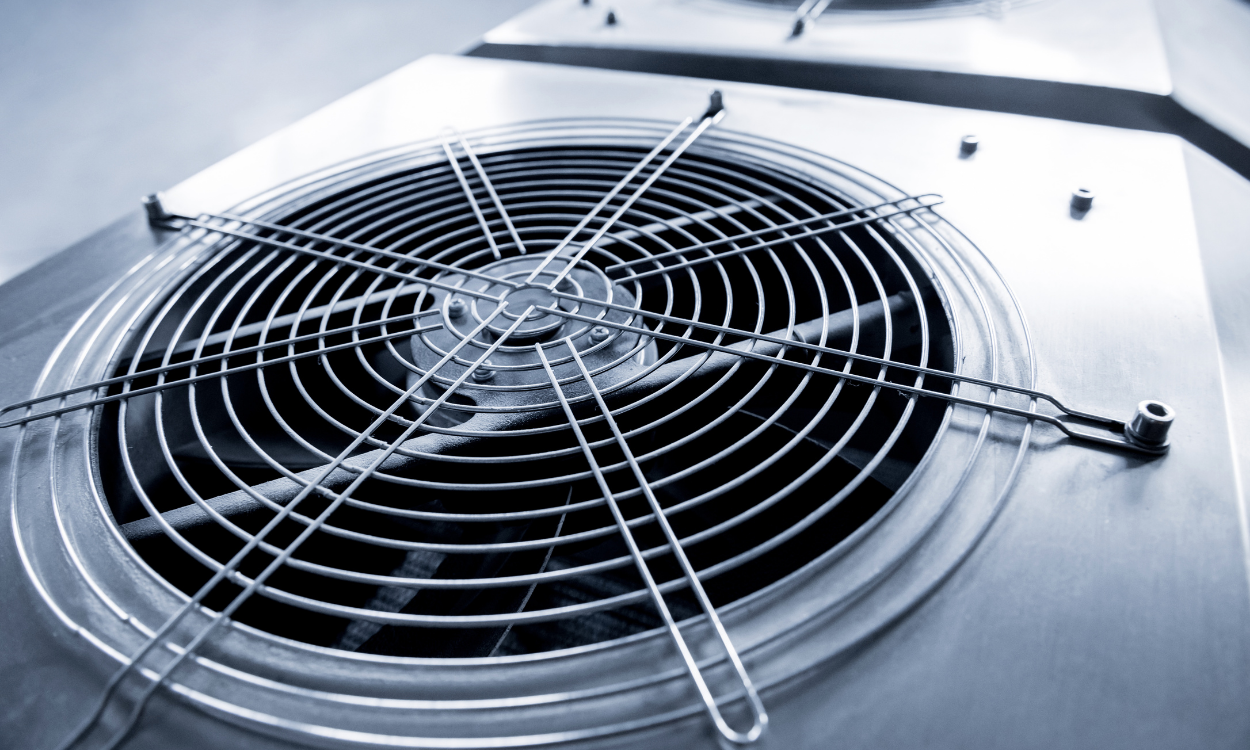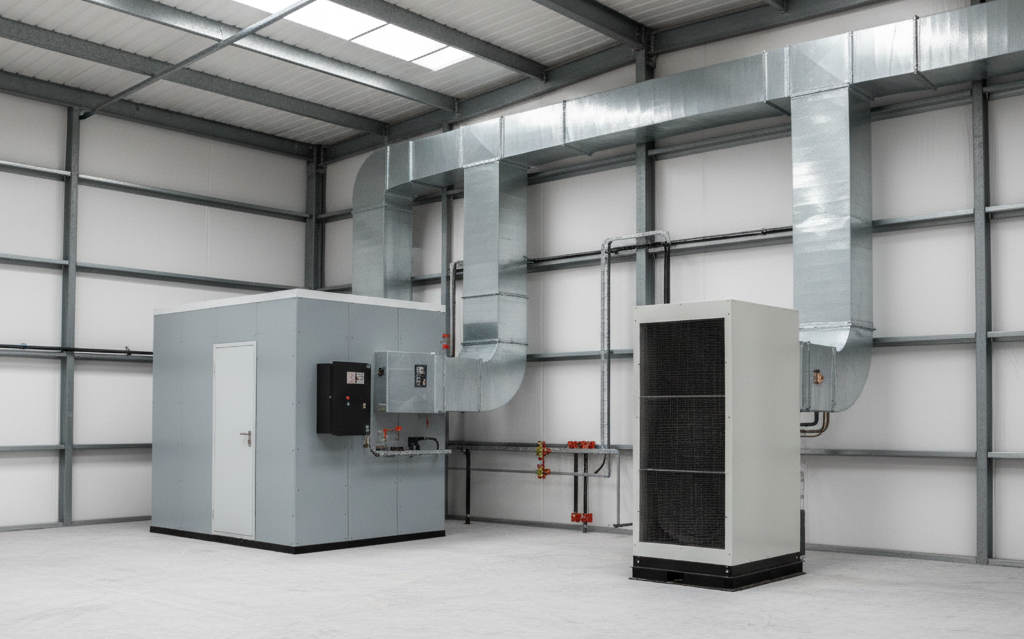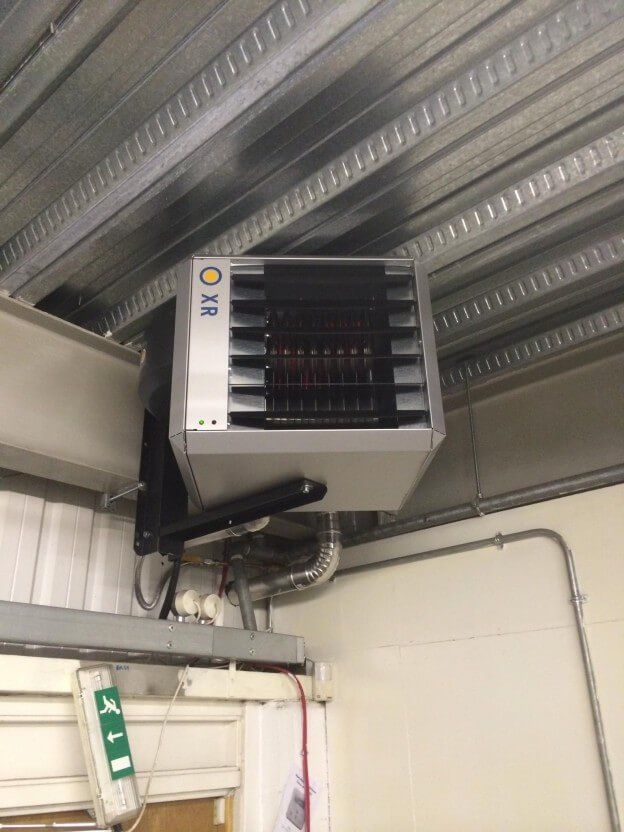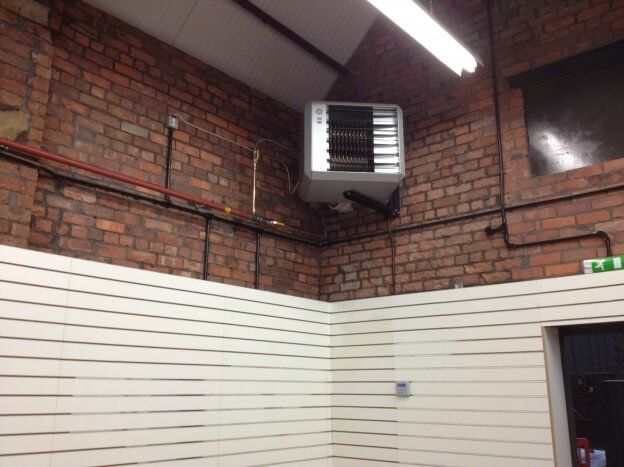The Science of Radiant Heat: What’s Underneath
Radiant heat, a fundamental physics concept, is the transfer of energy through electromagnetic waves. Understanding radiant heat is key to designing efficient heating systems as it’s based on energy emission and absorption through infrared radiation. The electromagnetic spectrum, thermal radiation and blackbody radiation are the underlying principles of radiant heat. As researchers dig deeper into the science of radiant heat they uncover new applications in architecture, medicine and beyond, and pave the way for sustainable and efficient solutions that change our daily lives.
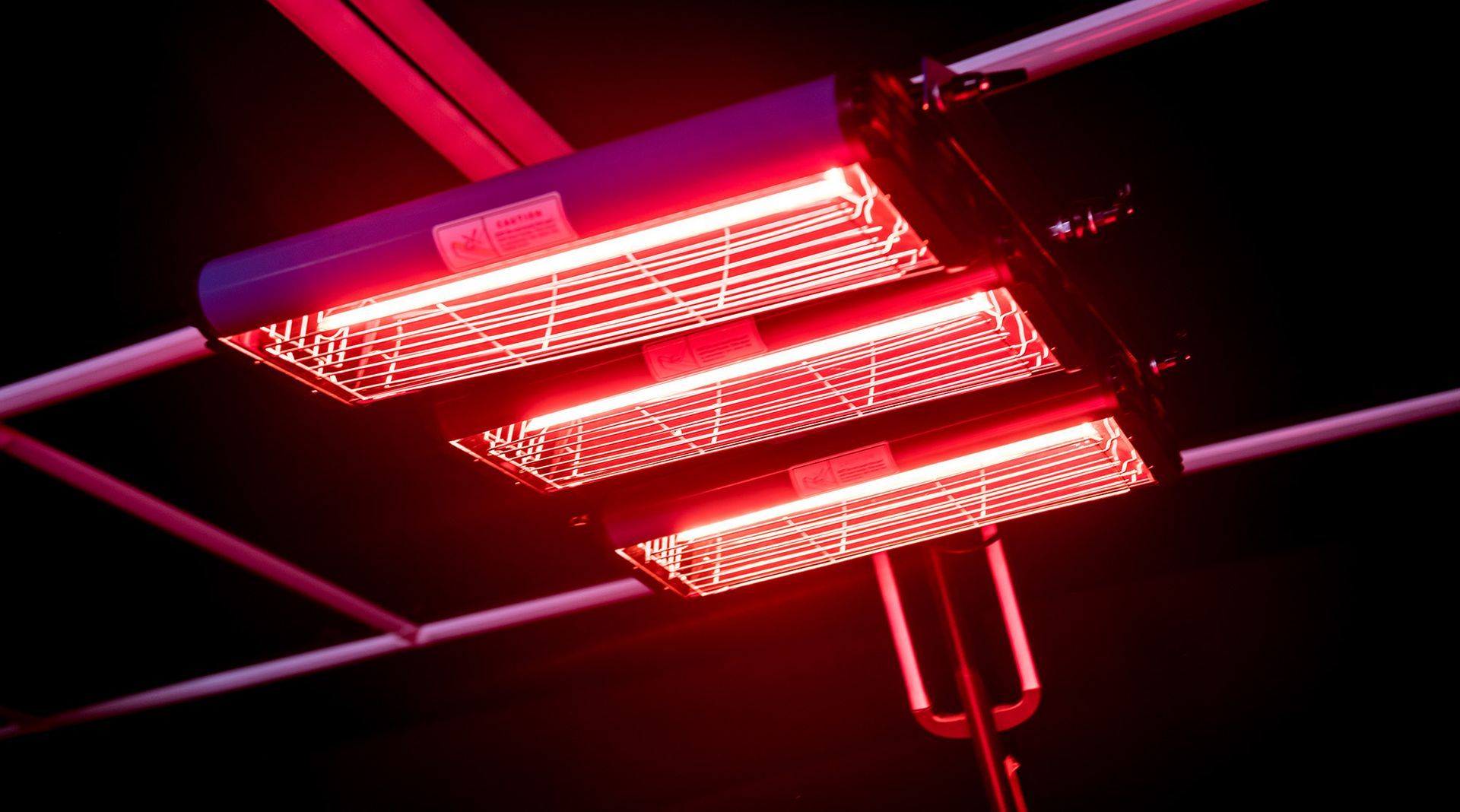
What is Radiant Heat: The Basics
Radiant heat is a fundamental concept in many industries including architecture, engineering and construction. It’s the transfer of energy through electromagnetic waves emitted by radiant heat sources.
These sources can be anything from the sun to heating elements and they emit energy in the form of photons. When these photons hit an object they transfer their energy and the object’s temperature rises.
This continues until thermal equilibrium is reached where the object’s energy output matches its energy input. Understanding radiant heat is key to designing efficient heating systems as it allows for precise control of energy transfer and minimises energy loss.
The Electromagnetic Spectrum: Where Radiant Heat Lives
The electromagnetic spectrum is a range of frequencies from very low to very high that makes up all forms of electromagnetic radiation.
This spectrum includes radio waves, microwaves, visible light, ultraviolet (UV) radiation, X-rays and gamma rays.
Of particular importance to radiant heat is the infrared (IR) radiation segment which spans from approximately 780 nanometers to 1 millimeter in wavelength.
IR radiation is an electromagnetic wave that transmits energy through space in the form of oscillating electric and magnetic fields.
As a big part of the electromagnetic spectrum IR radiation is an essential part of the science of radiant heat.
It’s the medium through which heat energy is transferred between objects.
Thermal Radiation: The Energy Transfer Process
Energy transfer between objects happens through a fundamental process called thermal radiation which is based on the emission and absorption of electromagnetic waves. This process allows objects to exchange energy until they reach thermal equilibrium where the energy emission and absorption rates are balanced.
Thermal radiation involves:
- Energy emission: Objects emit electromagnetic waves because of their thermal energy.2. Energy absorption: Objects absorb electromagnetic waves and increase their thermal energy.
- Thermal equilibrium: The state where energy emission and absorption rates are balanced, and the temperature is stable.
Understanding thermal radiation is key to harnessing radiant heat and new applications will be found in many fields.
Blackbody Radiation: The Perfect Emitter
In perfect thermal equilibrium an ideal emitter exists, called a blackbody, which absorbs all incident electromagnetic radiation and re-emits it in a characteristic spectrum. This is the fundamental principle of radiant heat.
A blackbody is an ideal emitter because it has a spectral emissivity of 1, it radiates energy at all wavelengths with 100% efficiency.
The blackbody is a theoretical benchmark for real world emitters, so researchers can compare and contrast their performance.
Wien’s Displacement Law: Peak Wavelength and Temperature
How do the properties of blackbody radiation change with temperature? Wien’s Displacement Law tells us, and it’s a fundamental temperature relationship. This law states that the peak wavelength of blackbody radiation decreases as the temperature of the emitter increases.
In other words as the temperature rises the peak wavelength shifts towards shorter wavelengths.
Here are three key implications of Wien’s Law:
- Temperature dependence: The peak wavelength is inversely proportional to the temperature of the emitter.
- Wavelength shift: As temperature increases the peak wavelength decreases, moves towards the visible spectrum.
- Radiation characteristics: Wien’s Law helps us predict the radiation characteristics of an emitter, which is key to understanding radiant heat.
Stefan-Boltzmann Law: Radiant Heat Flux and Temperature
The properties of blackbody radiation as described by Wien’s Displacement Law has big implications for understanding radiant heat.
The Stefan-Boltzmann Law builds on this, and describes the relationship between radiant heat flux and temperature. This fundamental principle states that the total radiant heat flux of a blackbody is directly proportional to the temperature of the body to the power of 4.
This temperature relationship is key to understanding how radiant heat is transferred between objects. As temperature increases the radiant heat flux increases exponentially, that’s why temperature is so important in radiant heat transfer.
Emissivity in Radiant Heat TransferBlackbody radiation, the fundamental principle of radiant heat, is not always an ideal representation of real world objects. Real objects have unique material properties that affect their ability to emit and absorb radiant energy. That’s where emissivity comes in.
Emissivity, a measure of an object’s ability to emit radiant energy, is a key factor in radiant heat transfer.
The role of emissivity is multifaceted:
- Emissivity coefficients: These values ranging from 0 to 1 determine the efficiency of an object’s radiant energy emission.
- Material properties: The chemical composition and surface characteristics of an object influence its emissivity, some materials are more efficient emitters than others.
- Heat transfer optimisation: By understanding emissivity engineers can design systems that maximise or minimise radiant heat transfer, depending on the application.
Radiative Heat Transfer: Compared to Convection and Conduction
As we delve deeper into radiant heat transfer it’s essential to put it into context with the other heat transfer mechanisms.
Radiative heat transfer is different from convection and conduction in its mode of operation. Convection relies on the movement of fluids to transfer heat and conduction involves direct contact between particles, radiative heat transfer occurs through electromagnetic waves.
This fundamental difference allows radiative heat transfer to occur over vast distances, without any medium in between. Convection and conduction are limited by the presence of physical barriers.
Understanding the unique characteristics of radiative heat transfer is key to harnessing its potential in many applications.
Applications of Radiant Heat: From Architecture to Medicine
Radiant heat’s ability to travel long distances without interference has opened up many new applications. This property has led to the development of many technologies that improve our daily lives.
- Radiant Heating Systems: These systems have revolutionised architectural design, providing comfortable and efficient indoor environments. By installing radiant heating systems buildings can reduce energy consumption and environmental impact.
- Architectural Insulation: Radiant heat principles are used to develop advanced insulation materials that minimise heat loss and maximise energy efficiency. This has transformed the construction industry, allowing for sustainable and eco-friendly buildings.
- Medical Applications: Thermal imaging, a byproduct of radiant heat research, has greatly improved medical diagnosis and treatment. It allows doctors to see temperature changes in the body, to detect diseases and monitor treatment effectiveness.## Human Perception of Radiant Heat: Physiological and Psychological Factors
How do we respond to radiant heat and what triggers our sense of warmth or discomfort? The answer lies in the complex interplay of physiological and psychological factors.
When radiant heat hits the skin it stimulates nerve endings and sends signals to the brain which interprets these signals as warmth or coolness. The sensation thresholds vary from person to person, depending on age, clothing and environmental conditions.
Emotional responses also play a big role, as past experiences and cultural background shape our sense of comfort. By understanding these factors researchers can design more effective radiant heating systems that cater to individual needs and preferences, overall well-being and comfort.
Harnessing Radiant Heat: Efficiency and Sustainability in Design
While architecture has traditionally prioritised aesthetics over thermal comfort, the growing awareness of environmental sustainability and energy efficiency is driving a shift towards innovative radiant heating solutions.
This shift is essential as buildings account for nearly 40% of global energy consumption. By harnessing radiant heat architects and designers can create sustainable and energy efficient spaces that prioritise both comfort and the environment.
To achieve this designers are focusing on:
- Integrating sustainable materials into their designs, like recycled materials and low-carbon concrete.
- Optimising energy efficiency with advanced insulation and smart building technologies.
- Incorporating natural heating and cooling methods like passive solar design and natural ventilation.
Share This Post.
Need a Quote?
Is your business is looking for heating upgrade or an installation quote? Please call us on 08000 588 035 for a free quotation or fill out our contact form and we’ll get back to you as soon as we can.
If you could also attach some relevant images of the building and advise the building volumetric, it will help with our initial design assessment. Thank you.

